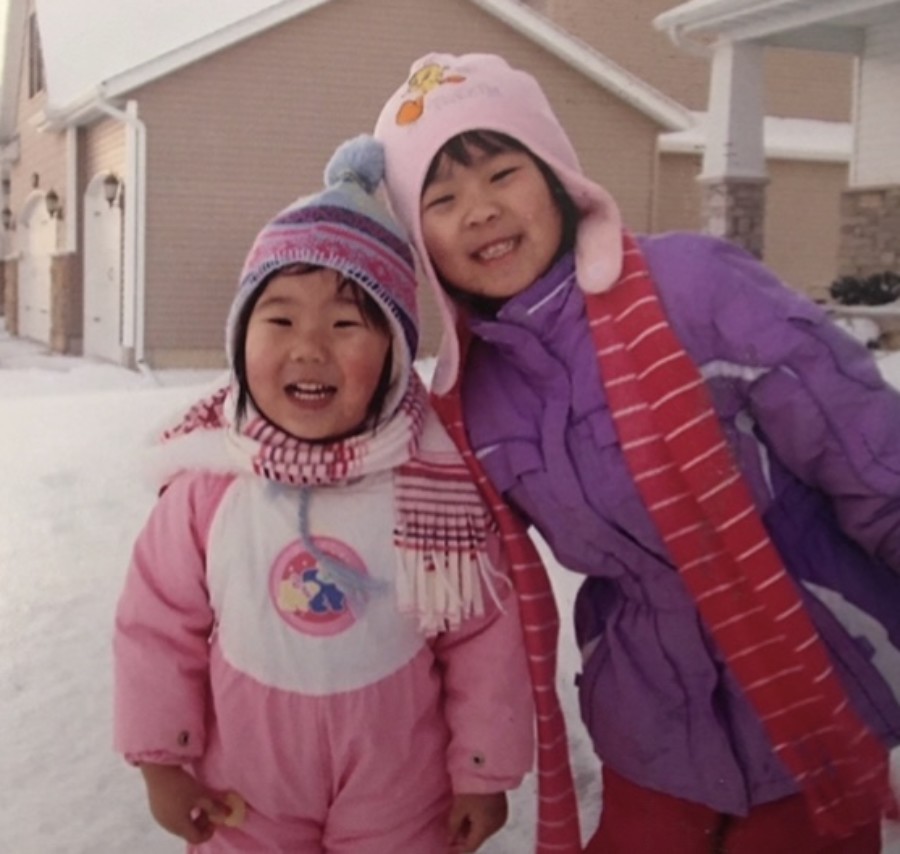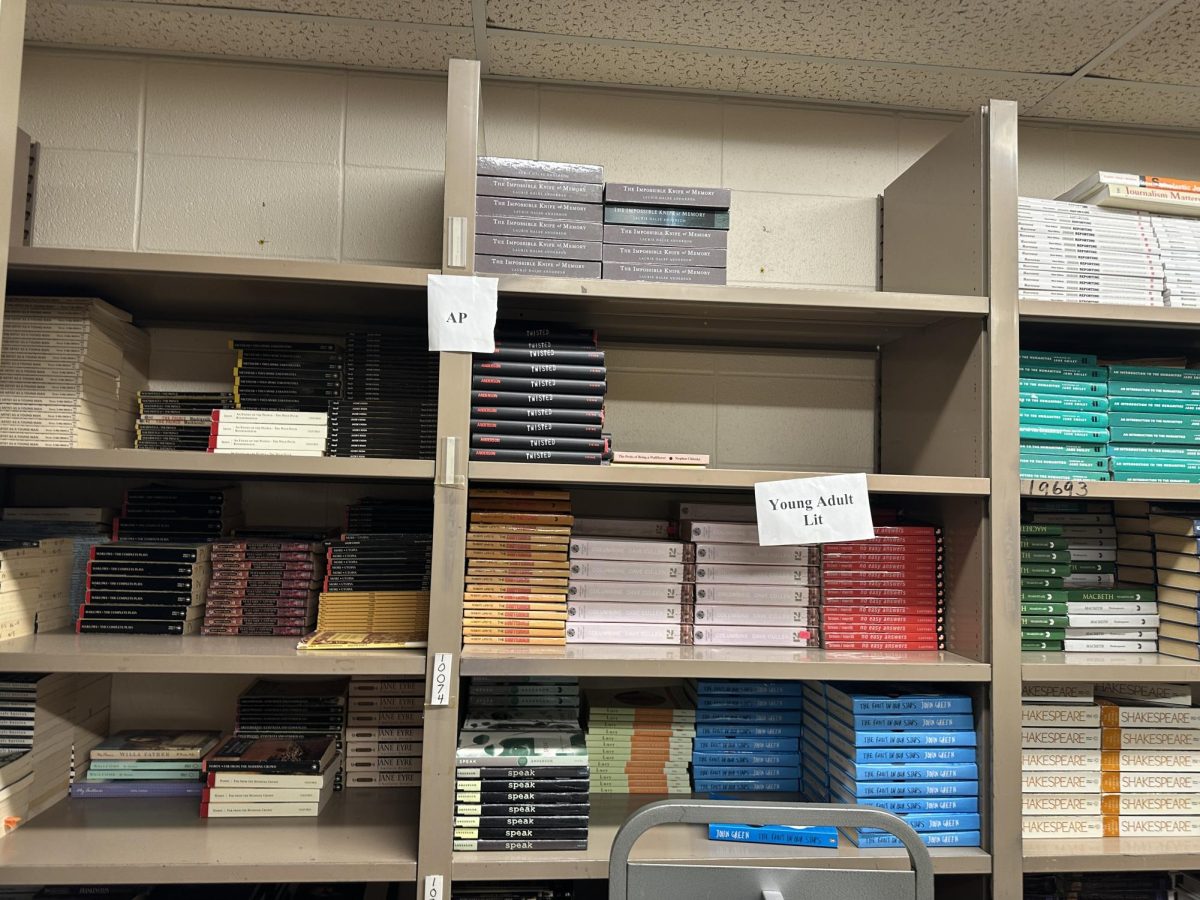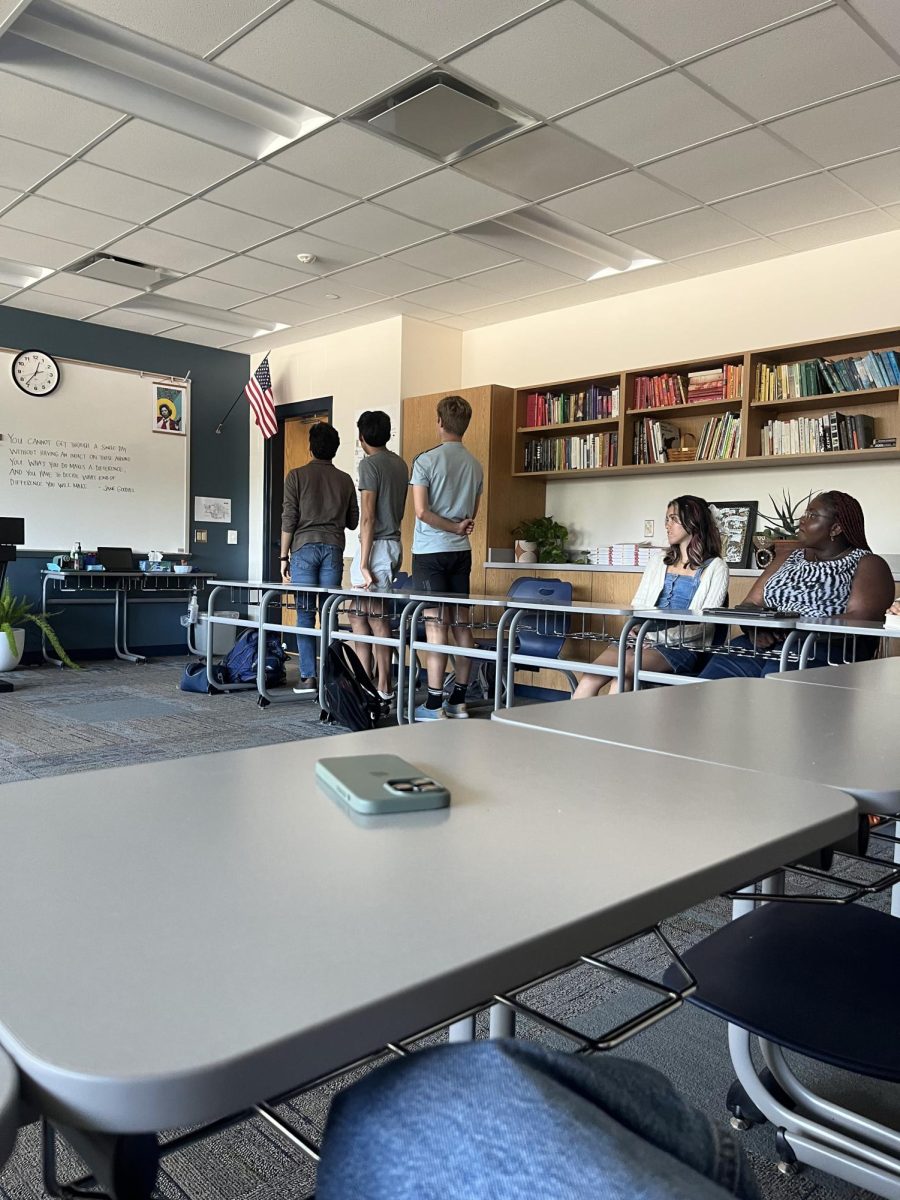As a school district, Pleasant Valley prides itself on the education it provides through its academic and extracurricular activities. The success of these programs is reflected through test scores, rankings and awards; however, a school is defined by much more than a miscellany of statistics.
Hidden by the exemplary titles and numbers, the cultural environment of PV reflects a much more pressing issue: racial intolerance. This prejudice has seamlessly integrated itself into the halls of the high school.
Intolerance stems from a place of ignorance, which unknowingly leads to predispositions towards certain groups of people. Everyone, whether aware of it or not, carries these racial biases, absorbed through the messages and attitudes of the people around us. But with 76.2% of students being white, a large majority of PV is ignorant to the implicit racial biases they hold.
Subtle race-related remarks have become infused in daily conversation through jokes and normalized language. Senior Amory Brown, who is half Filipino and half white, has observed the stigmatizing environment at PV. “I think we are very sheltered here and don’t understand the impact or history behind words. Many people who have lived in Iowa their whole lives have never experienced other cultures or been exposed to anything other than the offensive behavior they consider ‘normal,’” she said.
At PV, subconscious thoughts and prejudices manifest themselves into passive remarks and microaggressions. Intentional or not, microaggressions occur through verbal and non-verbal interactions, putting down marginalized groups of people. Comments are often based on stereotypes or an attempt to justify prejudiced behavior. No matter the comment, microaggressions imply fundamental differences between the historically powerful and powerless.
When these biases are insinuated, comments are often isolating. Brown has dealt with this normalized façade of racism inside the high school. “I’ve been called names or been the butt of some jokes by students about my race. With teachers, it’s mostly odd comments about my race or expectations that I should know things about the Philippines just because I’m Filipino,” she continued.
Brown’s experiences are not uncommon to the minority population of PV, who are dismissed time and time again for their so similarly shared experiences.
Having gone to PV for thirteen years, I’m not at all unfamiliar with this behavior. As a Chinese- American growing up in a predominantly white community, insensitive comments have created a disconnect between my peers and I. Microaggressive remarks including “Why is your face so flat?” and “Don’t you eat dogs?” made me feel ostracized from a young age. Even seemingly innocuous comments like “You are so tall,” and “What country are you from?” often stem from a place that lacks understanding and acceptance. These remarks suggest it’s strange for an Asian to be so tall and imply that people of color are less “American” than white people.
Underlying tones of racism were never formally addressed throughout my childhood, and therefore have never fully dissipated. These experiences have, unsurprisingly, followed me into the classrooms of Pleasant Valley High School.
In a science class during my junior year, we conducted an experiment which involved distributing a test tube to each student and then determining the diseased test tube. When it was revealed I was the student, an unprovoked white classmate said, “Of course it’s the Asian one who has the disease.” The teacher hesitatingly replied, “You can’t say things like that.” The situation was brushed aside and class continued.
It wasn’t the words that shocked me, but the way in which they so casually slipped out of his mouth. This flagrant ignorance and lack of perspective that is so common in my hallways perpetuates the false narrative that East Asians are inseparable from viruses. Associating a group of people with certain attributes only cultivates a deep-seated resentment towards these marginalized communities.
It’s easy for white students and staff to brush off issues they’ve never experienced nor understood. At PV, inclusivity of all students should be a top priority in and out of the classroom. Promoting education for all faculty to gain a better perspective on student experiences is the only way to ensure safer environments for students of all backgrounds.
Through leadership and student involvement, physical education teacher Jane Wheeler is actively participating in this initiative. She understands the importance for staff to take action and speak up when students are being racially insensitive. “I think because of social media and the political environment, sometimes people feel like it’s more okay and don’t try to hide their feelings as much. We’re trying to develop a systematic program of educating staff and eventually students, but it’s been very slow to grow. I definitely think it’s needed,” she stated.
Conversations about race should be taking place in the classroom in order to promote inclusivity— whether it be conversation or curriculum. A color-blind curriculum that minimizes race not only invalidates minority experiences, but disregards the value of cultures. Wheeler described the hesitancy she noticed at the high school. “I think it’s mostly just lack of education, what those things mean and how to deal with them without ignoring the behavior,” Wheeler continued.
A lack of education that not only plagues the students, but also the faculty. Intervention through staff training is pivotal in confronting inequality. It is essential that staff understand both how to identify and properly step in when they witness insensitive behavior.
I considered abandoning this article while I was writing because it felt pointless to advocate for change when one voice wouldn’t seem to be enough to make a difference. The same minority experiences have been shared time and time again with the same message.
Despite feeling dejected, not saying something would be accepting the silence. The recurrence of the problems proves that these stories aren’t isolated—they’re common. This is the harsh reality for minority students, even at a school that claims to be committed to excellence.

















Nora • Oct 13, 2022 at 10:25 am
This piece is so insightful and gracefully worded. Kudos to you, Sarah, for speaking on this subject because it couldn’t have been easy. “Conversations about race should be taking place in the classroom in order to promote inclusivity— whether it be conversation or curriculum,”- simply no better way to put it. This type of writing is necessary in PV’s environment, and I hope many students and faculty members get the chance to read this.